Aug 23, 2019
Bioprinting complex living tissue in just a few seconds
Posted by Paul Gonçalves in categories: bioprinting, biotech/medical, engineering
Tissue engineers create artificial organs and tissues that can be used to develop and test new drugs, repair damaged tissue and even replace entire organs in the human body. However, current fabrication methods limit their ability to produce free-form shapes and achieve high cell viability.
Researchers at the Laboratory of Applied Photonics Devices (LAPD), in EPFL’s School of Engineering, working with colleagues from Utrecht University, have come up with an optical technique that takes just a few seconds to sculpt complex tissue shapes in a biocompatible hydrogel containing stem cells. The resulting tissue can then be vascularized by adding endothelial cells.
The team describes this high-resolution printing method in an article appearing in Advanced Materials. The technique will change the way cellular engineering specialists work, allowing them to create a new breed of personalized, functional bioprinted organs.

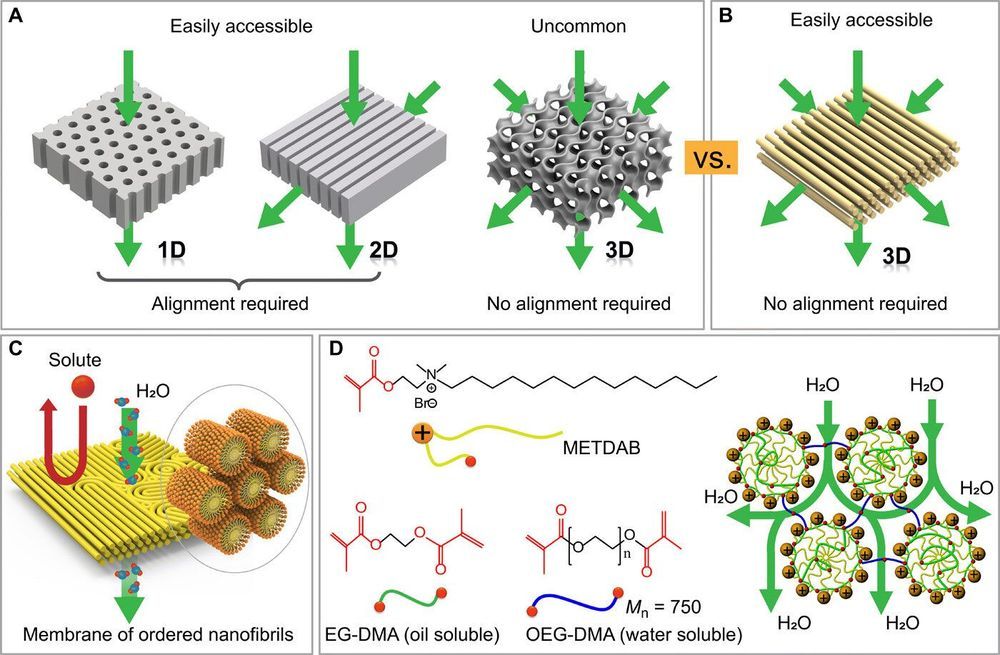
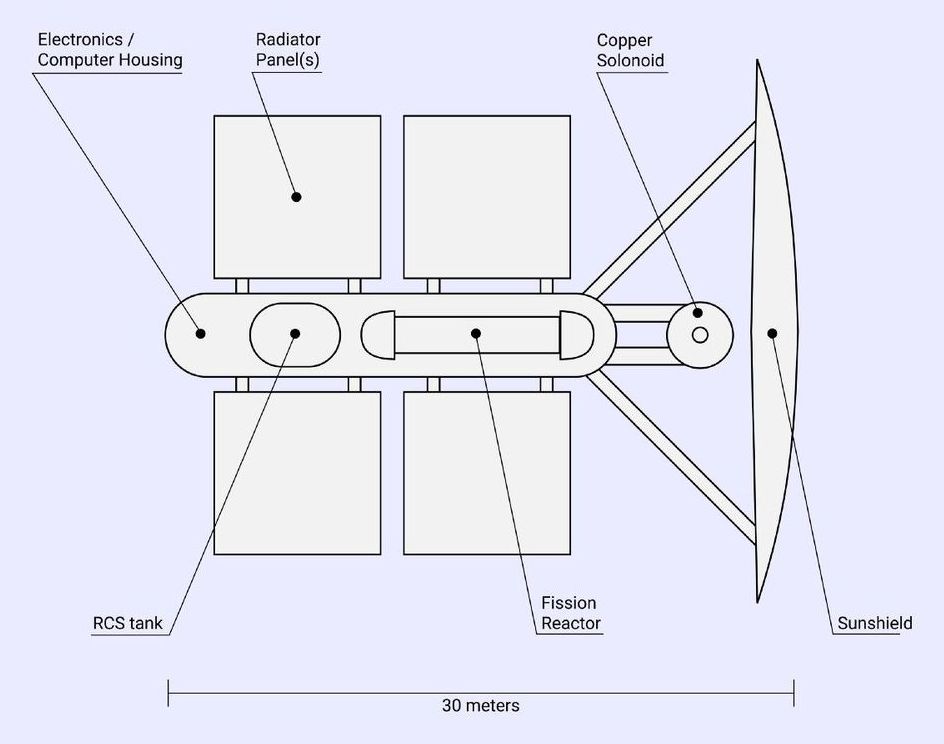

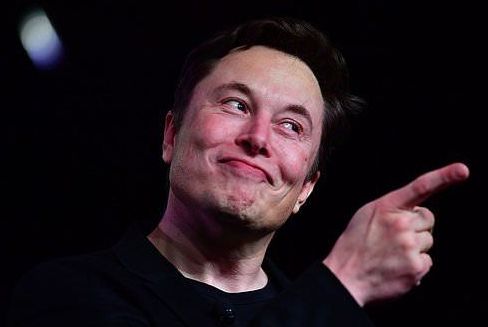


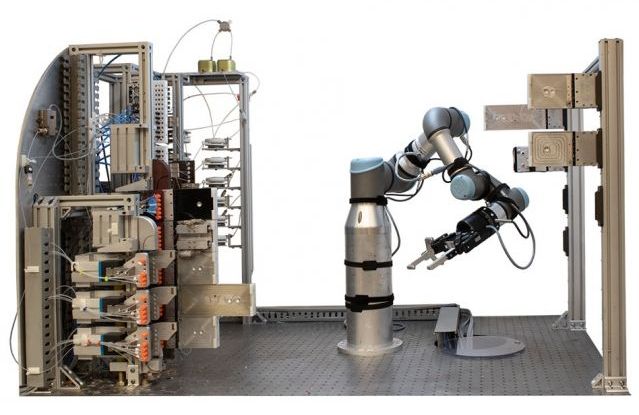
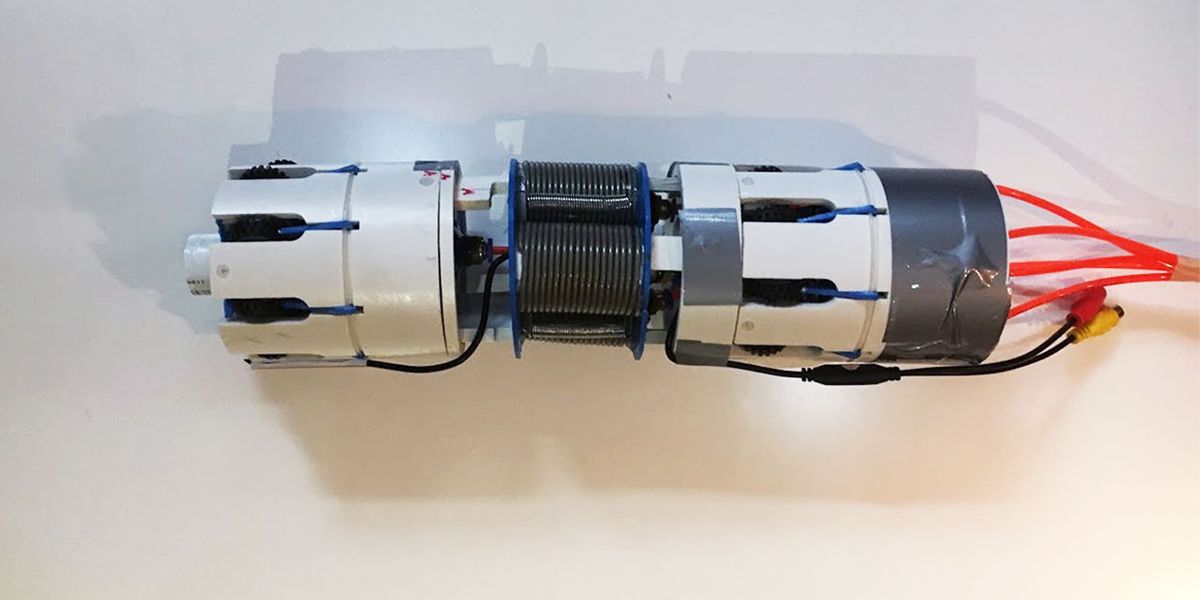 THE INSTITUTE Teenager Ari Firester watched on television last year as members of a youth soccer team were saved from a flooded cave in Chiang Rai Province, Thailand. The two-week-long effort, which left one rescuer dead, inspired Firester to create a technology that might prevent such a tragedy from occurring again.
THE INSTITUTE Teenager Ari Firester watched on television last year as members of a youth soccer team were saved from a flooded cave in Chiang Rai Province, Thailand. The two-week-long effort, which left one rescuer dead, inspired Firester to create a technology that might prevent such a tragedy from occurring again.







